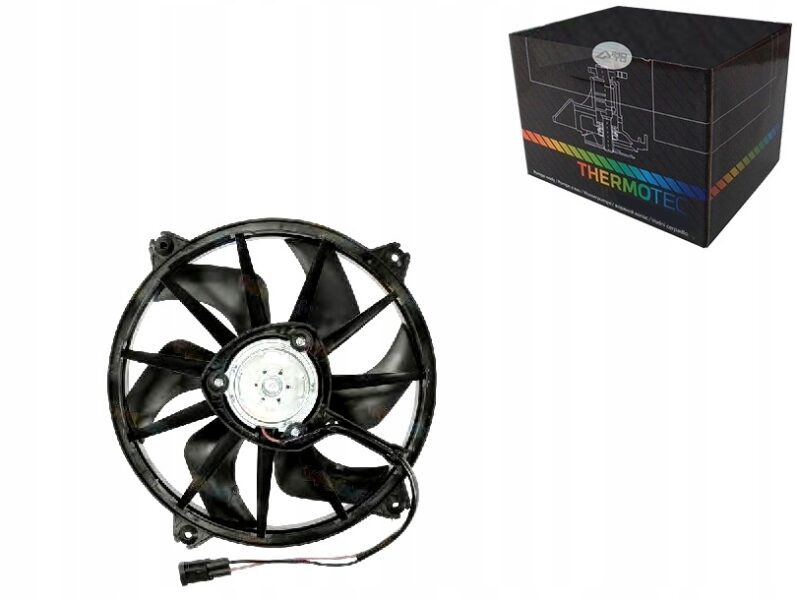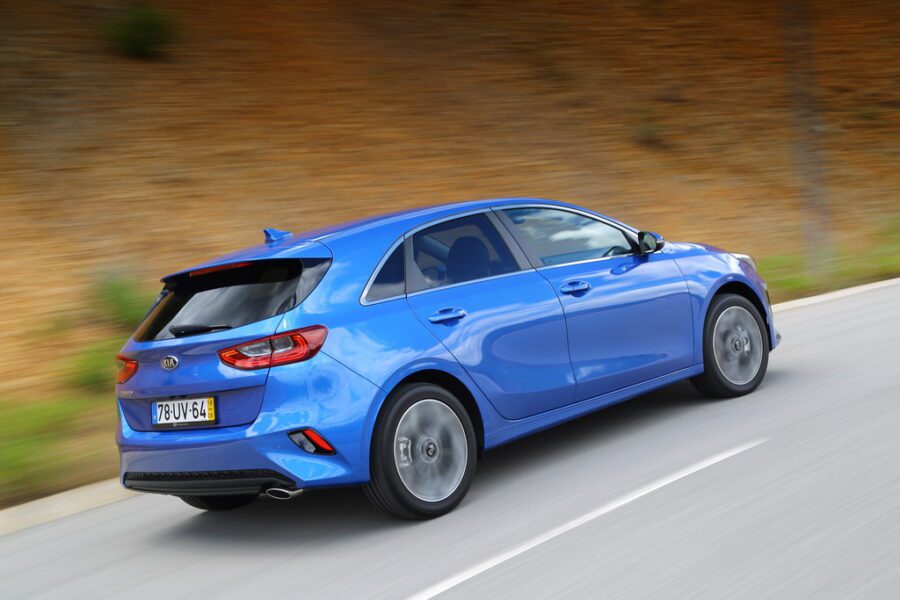
Test: Kia Ceed 1.0 TGDI Fresh // Easy
Content
The name change now that it's a Kia Ceed and not a Cee'd seems trivial and completely out of place. But in fact, it fully demonstrates the mentality that Kia has followed since they decided to set foot on European soil. What is there? Customization. It is too late to attack the car market, which is based on the brands that have been present here since the days when we switched from cars to cars, it takes a lot of courage and thoughtful strategies. And Kia's plan to meet the demands of European customers is proving to be very successful. Just as they got rid of the unnecessary denial of the name, they also adapted the looks of their vehicles, fulfilled safety requirements, equipped them with rich equipment and packed them all together in financially beneficial packaging.
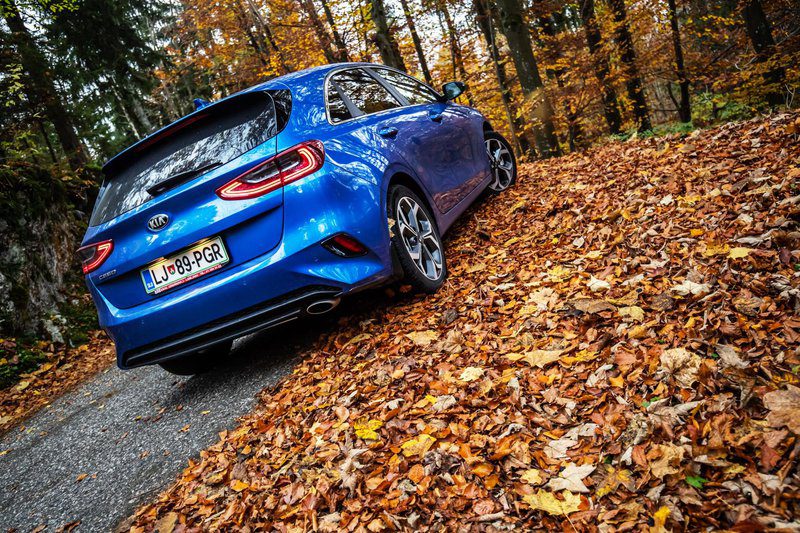
Created in Frankfurt, designed in Rüsselsheim and manufactured in Zilna, this Ceed really does very little to represent the original bloodline. Since the Stinger was well received by the general public, it was clear that Ceed would also adopt similar design guidelines. With elements such as an aggressive grille with large cooling air slots, a long bonnet, a pleasant sideline with wide C-pillars and a stylish rear end with LED lights, the Ceed is one of the prettiest cars in its segment. Funnily enough, just during the test semester, I was at a Ford event where, upon arrival at the scene, the parking attendants smoothly guided me among the parked Focuses. Well, let's go back to Ceed or take a look inside. There it is difficult to say that this is a revolution in design, much less a very diverse environment. Those who are accustomed to Kij will immediately find themselves as little has changed. We've gotten used to the fact that Ceed isn't exactly an iPad on four wheels, and that digitization hasn't completely taken over it yet. However, it has an infotainment interface on an eight-inch touchscreen that will satisfy anyone who expects readable and transparent interfaces, well-functioning navigation and unpretentiousness in use. Instruments also remain analogues of the central display, which displays data from the trip computer. If desired, Ceed can also offer a bit of luxury: heated and cooled seats, wireless mobile phone charging, plenty of USB sockets, automatic high beams, a traffic sign reader, fatigue warning and a lane keeping system. . We weren't thrilled with the performance of the latter because, in addition to "pushing" the car away from lane markings, it's also designed to automatically turn on every time the car is started. Which is annoying if your routes are mostly around a place where such a system is next to useless if not distracting.

However, we are used to the fact that Ceed does not set standards in this area, but successfully follows them. But it's definitely somewhere else in the foreground. Let's say, in terms of spaciousness and ease of use. Compared to its predecessor, it has increased by several inches and liters. The driver and front passenger already have enough space, and sitting in the back will be a little more comfortable. Parents will be happy that ISOFIX seats are easy to mount thanks to easily accessible anchor points and that the seat belt buckle is well secured to the bench and does not wrap loosely. The trunk is 15 liters larger and now holds 395 on a double bottom. Evidence that Kia has obviously put a lot of emphasis on sealing the cabin better is that the doors (if everyone else is already closed) sometimes don't close well or "bounce", and a little more force needs to be applied on the second try.
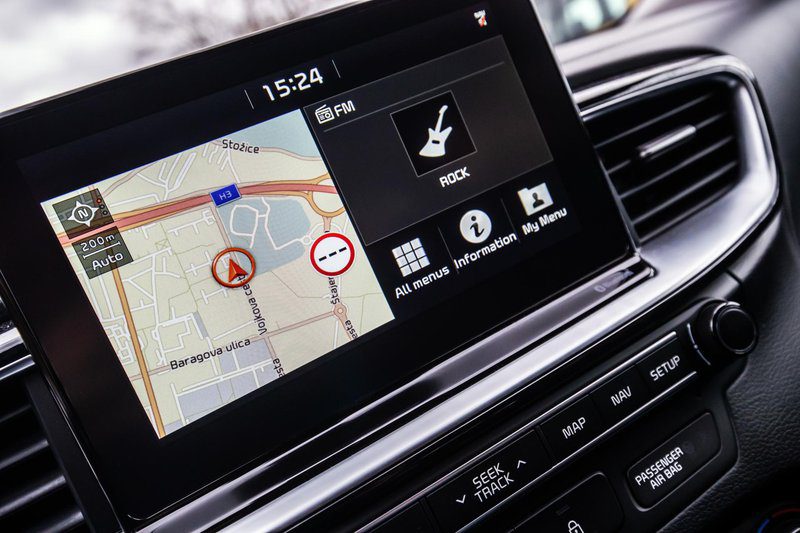
Attempts to improve driving dynamics also appear to have been unsuccessful. Compared to its predecessor, the novelty has new suspensions, shock absorbers and springs, and the principle of operation is also slightly changed. It is clear that Ceed never planned to be a racer, and he does not want to, but the sense of the car's feel while driving and trust in the chassis has improved significantly. Even the subject's drivetrain is not quite designed to set speed records. The 120-horsepower turbocharger satisfies the need for day-to-day driving, but unfortunately you won't dictate that pace. A six-speed manual transmission with smooth shifting and well-calculated gear ratios solves the situation when there is not enough torque, but we blame it for disabling cruise control when upshifting (competitors have some solution that disables disabling cruise control only when downshifting). Since driving with a rather meager power source for a car of this size works mainly on the principle of pressing the accelerator pedal in accordance with the on / off system, therefore, this also manifests itself in fuel consumption. Thus, on our standard lap, the Ceed used 5,8 liters of fuel per 100 kilometers, which is a lot. So the problem of choosing a more powerful engine remains, and the 1,4-liter turbocharged petrol engine offers itself as well. It's clear that Kia will want a thousand more for this, and with the fact that the Ceed is no longer in such a price gap compared to the competition, every purchase is worth considering. And if Kia once played the low-cost car card with buyers, today it is positioning itself as a well-established brand that offers a quality product that it also offers a good warranty on.
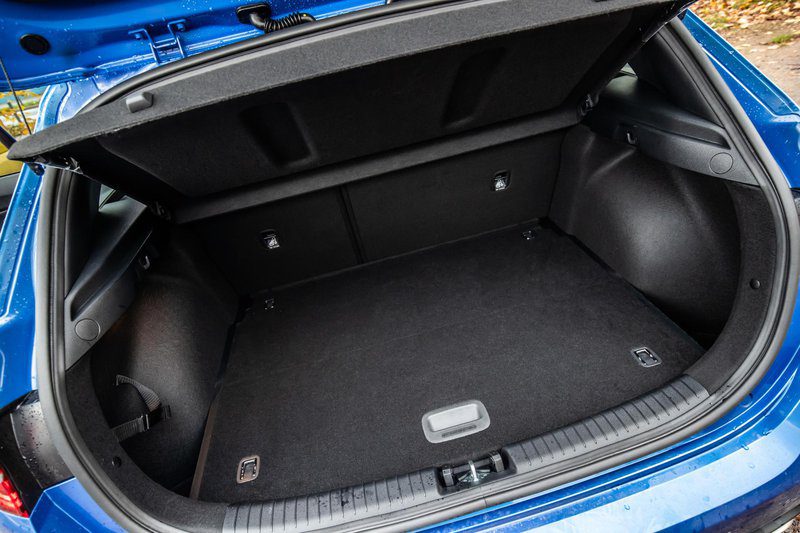
Kia Ceed 1.0 TGDI Fresh
Basic data
| Sales: | KMAG dd |
|---|---|
| Test model cost: | 23.690 € |
| Base model price with discounts: | 20.490 € |
| Test model price discount: | 20.490 € |
| Power: | 88kW (120 KM) |
| Acceleration (0-100 km / h): | 11,0 with |
| Maximum speed: | 190 km / h |
| Guarantee: | 7 years or general guarantee up to 150.000 km (first three years without mileage limitation) |
| Systematic review | 15.000 km / 12 months |
Cost (up to 100.000 km or five years)
| Regular services, works, materials: | 726 € |
|---|---|
| Fuel: | 7.360 € |
| Tires (1) | 975 € |
| Loss of value (within 5 years): | 9.323 € |
| Compulsory insurance: | 2.675 € |
| CASCO INSURANCE (+ B, K), AO, AO + | 5.170 ( |
| Calculate the cost of auto insurance | |
| Buy up | € 26.229 0,26 (km cost: XNUMX €) |
Technical information
| engine: | 3-cylinder - 4-stroke - in-line - turbocharged petrol - front transverse mounted - bore and stroke 71 × 84 mm - displacement 998 cm3 - compression ratio 10,0:1 - maximum power 88 kW (120 hp) ) at 6.000 rpm - average piston speed at maximum power 16,8 m / s - specific power 88,2 kW / l (119,9 hp / l) - maximum torque 172 Nm at 1.500-4.000 rpm / min - 2 camshafts in the head - 4 valves per cylinder - direct fuel injection |
|---|---|
| Energy transfer: | engine-driven front wheels - 6-speed manual transmission - gear ratio I. 3,615 1,955; II. 1,286 0,971 hours; III. 0,774 hours; IV. 0,639; v. 4,267; VI. 8,0 – differential 17 – rims 225 J × 45 – tires 17/1,91 R XNUMX W, rolling range XNUMX m |
| Capacity: | top speed 190 km/h - 0-100 km/h acceleration in 11,1 s - average fuel consumption (ECE) 5,4 l/100 km, CO2 emissions 122 g/km |
| Transportation and suspension: | limousine - 5 doors, 5 seats - self-supporting body - front single suspension, spring legs, three-spoke wishbones, stabilizer - rear axle shaft, coil springs, telescopic shock absorbers, stabilizer - front disc brakes (forced cooling), rear disc, ABS, handbrake rear wheel (lever between seats) - rack and pinion steering wheel, electric power steering, 2,5 turns between extreme points |
| Mass: | empty vehicle 1.222 kg - permissible total weight 1,800 kg - permissible trailer weight with brake: 1.200 kg, without brake: 600 kg - permissible roof load: n. P |
| External dimensions: | length 4.310 mm - width 1.800 mm, with mirrors 2.030 mm - height 1.447 mm - wheelbase 2.650 mm - front track 1.573 mm - rear 1.581 mm - driving radius 10,6 m |
| Inner dimensions: | longitudinal front 900-1.130 mm, rear 550-780 mm - front width 1.450 mm, rear 1.480 mm - head height front 940-1.010 mm, rear 930 mm - front seat length 510 mm, rear seat 480 mm - steering wheel ring diameter 365 mm - fuel tank 50 l |
| Box: | 395-1.291 l |
Our measurements
| T = 20 ° C / p = 1.063 mbar / rel. vl. = 55% / Tires: Michelin PrimaCY 3/225 R 45 W / odometer status: 17 km | |
| Acceleration 0-100km: | 11,0s |
|---|---|
| 402m from the city: | 17,7 years ( 130 km / h) |
| Flexibility 50-90km / h: | 9,8 / 14,4s (IV/V) |
| Flexibility 80-120km / h: | 15,2 / 16,9s (Sun./Fri.) |
| Maximum speed: | 190km / h |
| Fuel consumption according to the standard scheme: | 5,8 l / 100km |
| Braking distance at 130 km / h: | 58,9m |
| Braking distance at 100 km / h: | 36,5m |
| AM table: | 40m |
| Noise at 90 km / h in 6rd gear | 59dB |
| Noise at 130 km / h in 6rd gear | 62dB |
| Test errors: | Unmistakable |
Overall rating (435/600)
The Kia Ceed has never been a standard-setting car, but it has always been a success. They have always been able to listen to the market and the wishes of customers, and the newcomer is a good example of this. With the exception of appearance, it does not deviate in anything, but it turns out to be optimal in all other segments of the assessment.
Cab and trunk (92/110)
Roominess and usability are arguably Kia's greatest strengths now that pricing isn't too far off from the competition.
Comfort (82
/ 115)Better soundproofing of the cabin and seats, subordinated to comfort, bring a good result.
Transmission (50
/ 80)It's hard to blame the drivetrain as such, but it still falls slightly short of the task of driving a car of this size.
Driving performance (75
/ 100)The chassis of the new Ceed has been improved for a better driving experience. But it is not designed for some terrible dynamics.
Security (85/115)
At Euro NCAP, the new Ceed has yet to be declared a winner, but we still think it will receive five stars, just like its predecessor. It's kind of a competition for help systems
Economy and environment (51
/ 80)The price, once the most powerful weapon of the Ceed, is much more in line with today's prices. High fuel consumption also removes a few points, which is offset by good warranty conditions.
Driving pleasure: 2/5
At the expense of the weak drivetrain, it's not exactly the kind of car that will put a smile on your face, but it still has good potential if you find something stronger in your nose.
We praise and reproach
spaciousness and ease of use
appearance
undemanding to use
equipment
lane keeping system operation
disabling cruise control when upshifting
engine malnutrition
